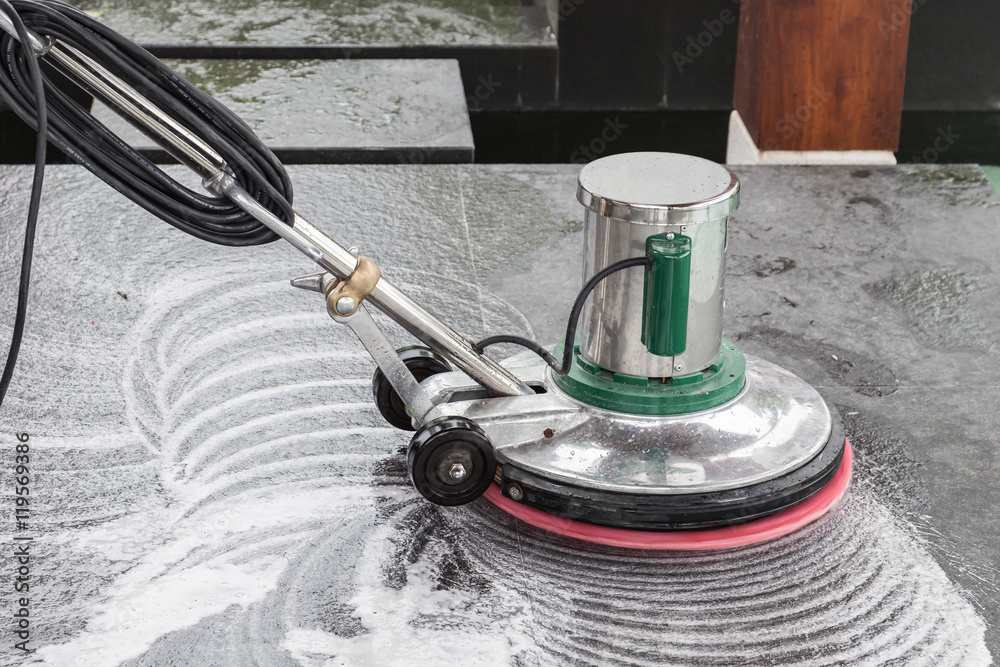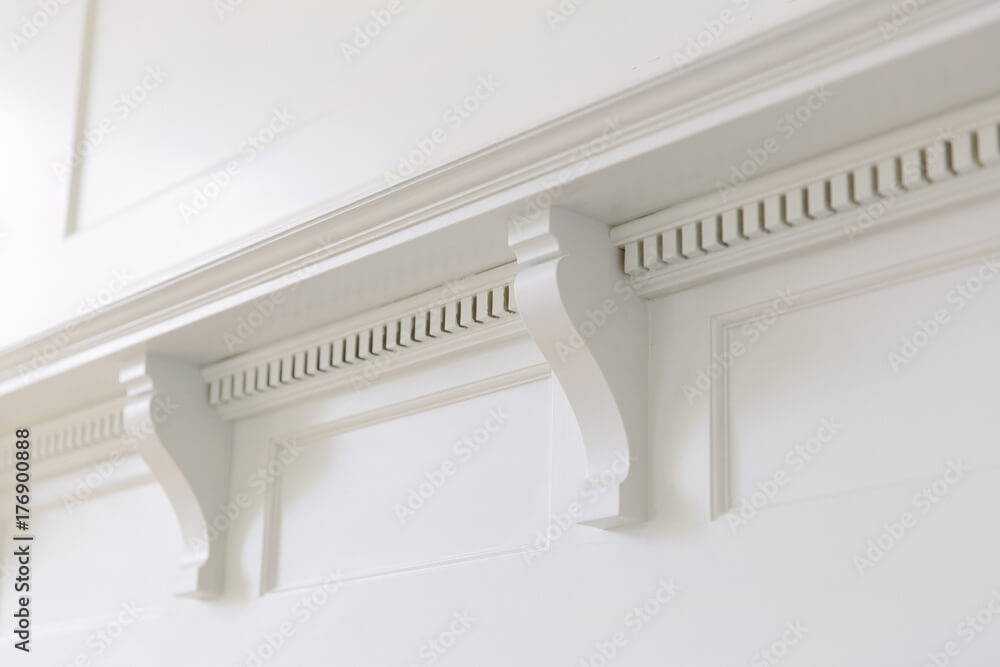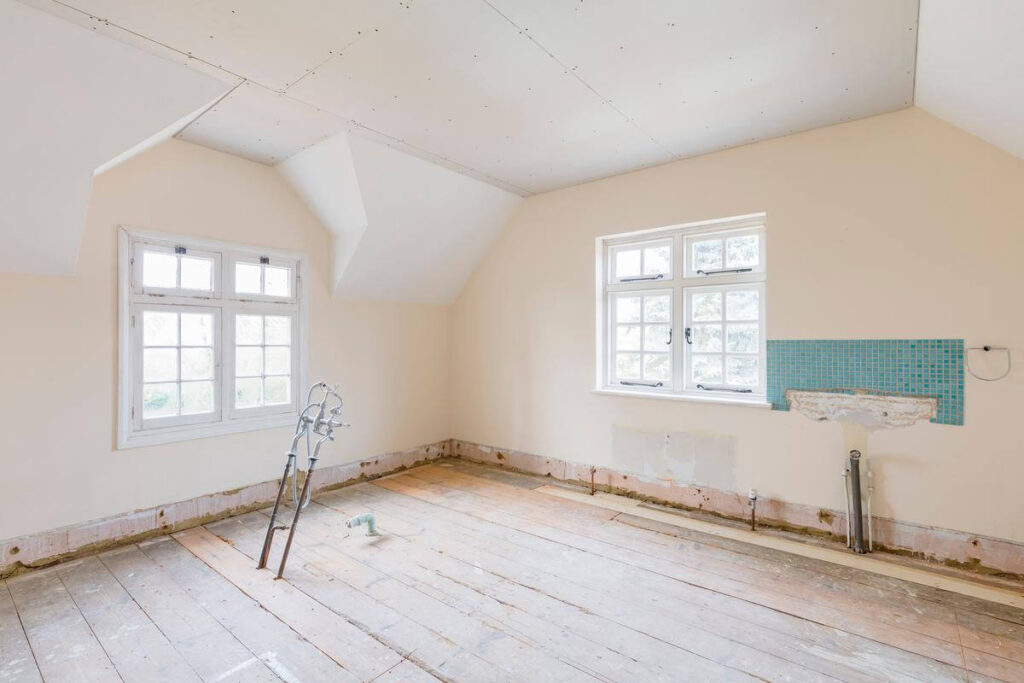SERVING NYC

OBI C. ENE | AUGUST 16, 2022 - 12:30PM

Read and Digest the 10 Rules Listed Below;

VOCs refer to a group of chemical compounds that have high vapor pressure and low water solubility. These compounds can easily evaporate into the air, contributing to various environmental concerns. In addition to potentially being hazardous to human health, these compounds can also affect the chemical composition of the atmosphere and contribute to acid rain.

The most common source of VOCs are petroleum-based products such as gasoline, paint, cleaners, solvents, and aerosol sprays. They can also be emitted from burning fuels like wood and coal or used in industrial processes. Additionally, many common household items can contain VOCs such as carpets, furniture, and even some cleaning products.

The Role of VOCs in Oil Based Paints
In the past, VOCs were commonly used in oil-based paints for their advantageous properties. Specific VOCs, such as benzene, formaldehyde, and toluene, were utilized for their ability to improve paint viscosity, drying time, and overall performance. However, these compounds come with both advantages and disadvantages.

Advantages of VOC in Paints
1. Improved Application: VOCs help paint spread smoothly and evenly across surfaces, creating a consistent finish.
2. Enhanced Drying Time: VOCs facilitate faster drying, reducing the time needed between coats and allowing for efficient application.
3. Increased Durability: The use of VOCs can enhance the durability and longevity of the paint, ensuring long-lasting protection on surfaces.

Disadvantages & Environmental Impact of VOCs
While VOCs provide benefits to paint performance, they also pose significant environmental and health concerns. When released into the air, VOCs contribute to the formation of smog and poor indoor air quality. Some key concerns include:
1. Air Pollution: VOCs react with other pollutants and sunlight to form ground-level ozone, a major component of smog. This leads to respiratory issues, eye irritation, and other health problems.
2.Indoor Air Quality: VOCs emitted from paints can linger indoors, leading to poor indoor air quality. This can cause symptoms like headaches, dizziness, and respiratory discomfort.
3. Environmental Health: VOCs have been associated with long-term health effects, including damage to the liver, kidneys, and central nervous system. Prolonged exposure to certain VOCs has also been linked to increased cancer risks.

Banning of VOCs
Recognizing the environmental and health concerns associated with VOCs, cities like New York have implemented regulations to limit or ban their use in paints. For instance, New York City has restricted the amount of VOCs allowed in paint products to protect air quality and promote healthier living environments. Other cities around the world might have similar concerns about VOCs and take measures accordingly.
Modern Alternatives to VOCs in Paints
In response to these concerns, the paint industry has developed low-VOC and zero-VOC alternatives that provide excellent performance while minimizing environmental impact. These modern paint formulations use water as a solvent instead of harmful organic solvents. Water-based paints now dominate the market, offering numerous benefits:
1. Reduced Emissions: Low-VOC and zero-VOC paints significantly reduce harmful emissions, improving both outdoor and indoor air quality.
2. Healthier Living Environments: Using paints with minimal VOC content contributes to better indoor air quality, reducing the risk of respiratory issues and other health problems.
3. Sustainable Practices: Water-based paints are more environmentally friendly, as they have lower toxicity levels, produce less waste, and are easier to clean up.

For further understanding and detailed information on VOCs and their impacts, I recommend referring to reputable sources such as the U.S. Environmental Protection Agency (EPA), which offers technical overviews on VOCs and their environmental significance. Also, the American Lung Association provides insights into the adverse effects of VOCs on indoor air quality.
Remember, with the availability of modern alternatives, we can now enjoy vibrant and durable paint finishes while protecting our environment and ensuring healthier living spaces.
Our Feature of the Week





(973) 393-5677 | (646) 302-8245